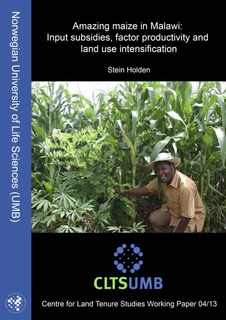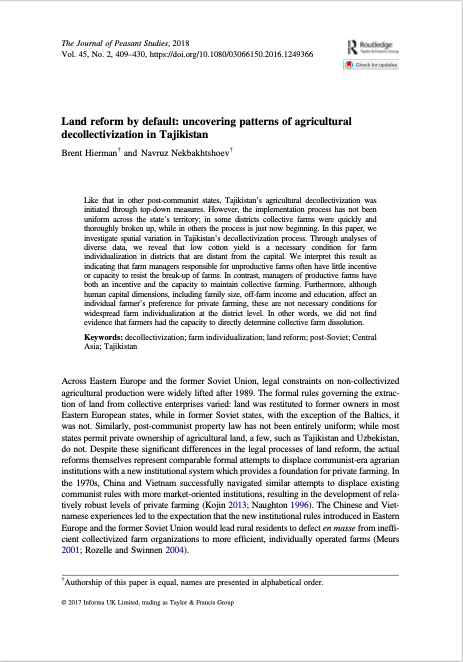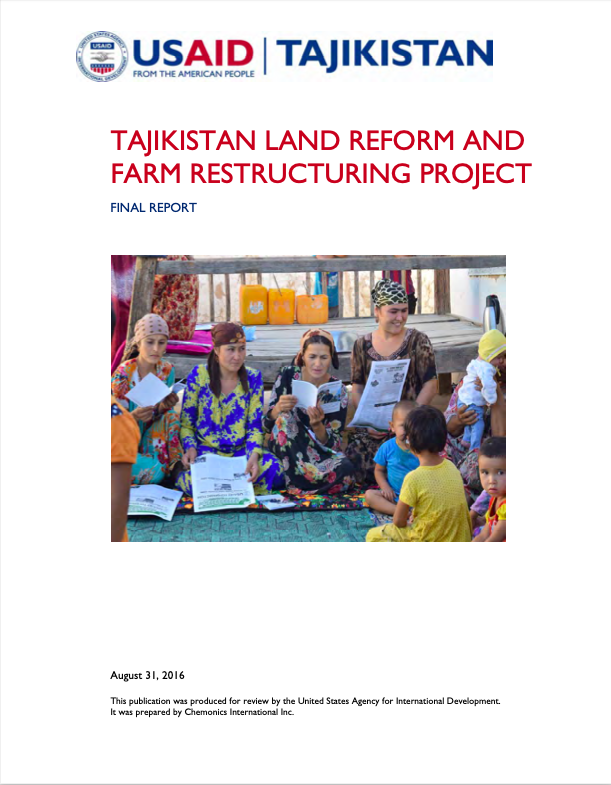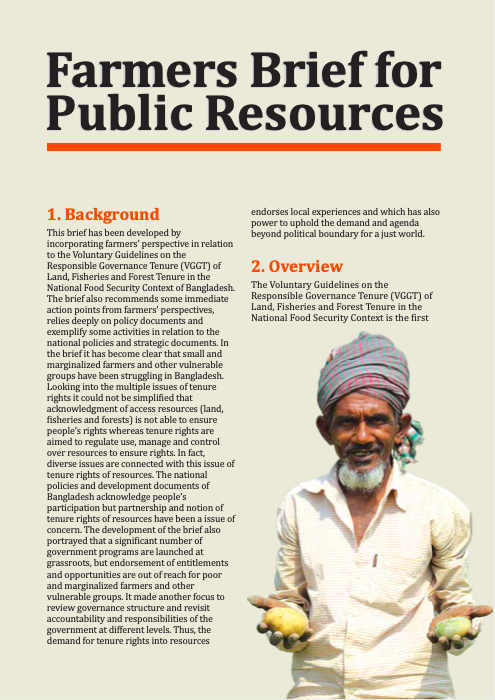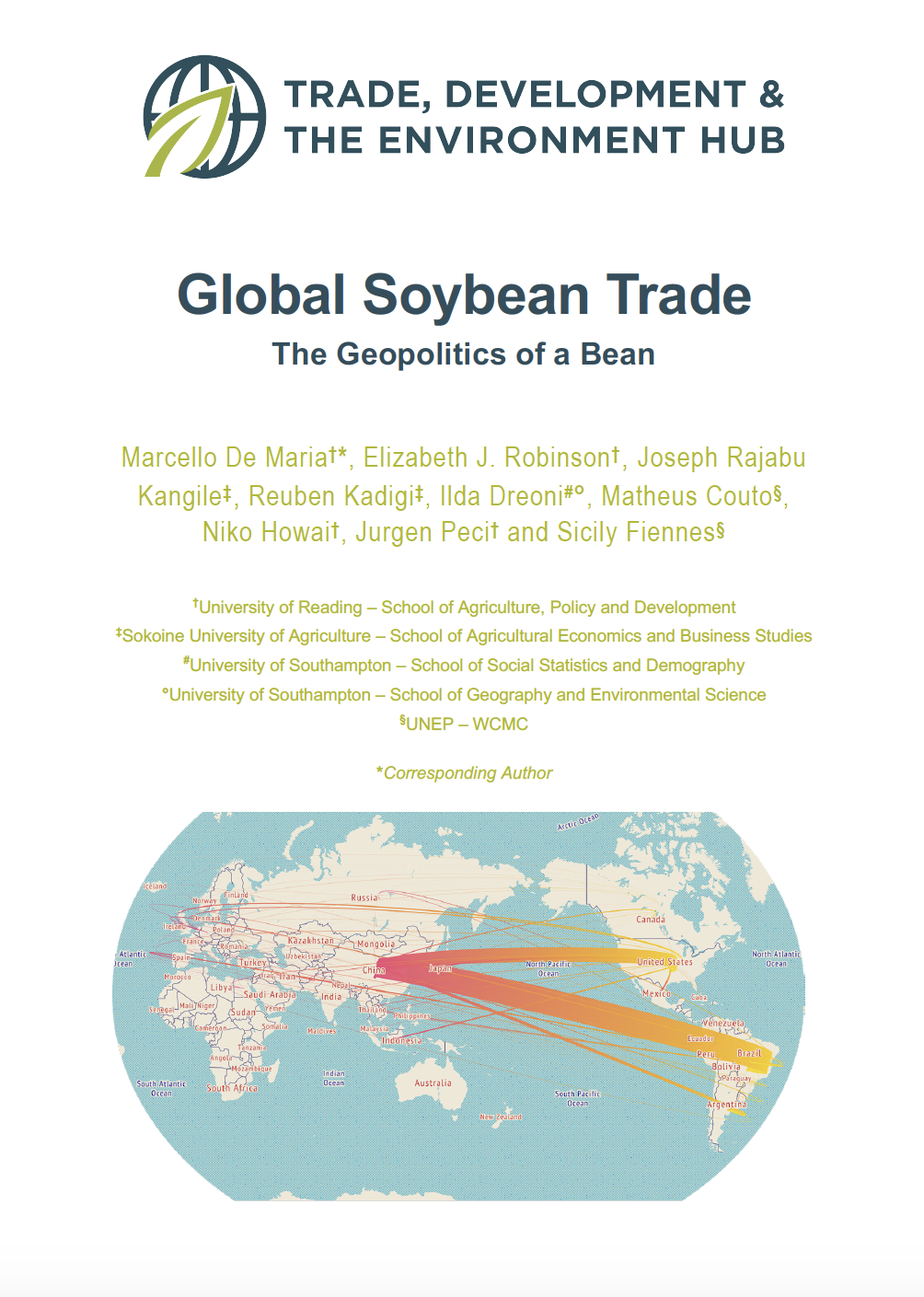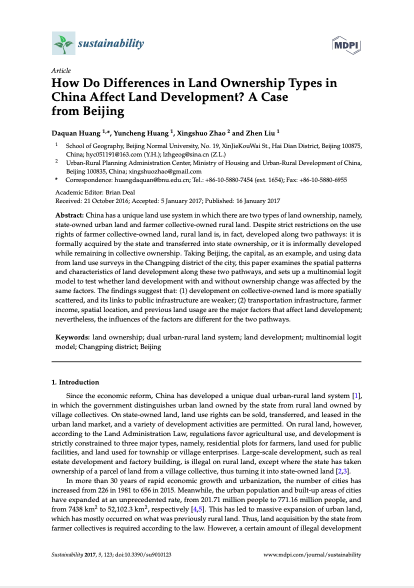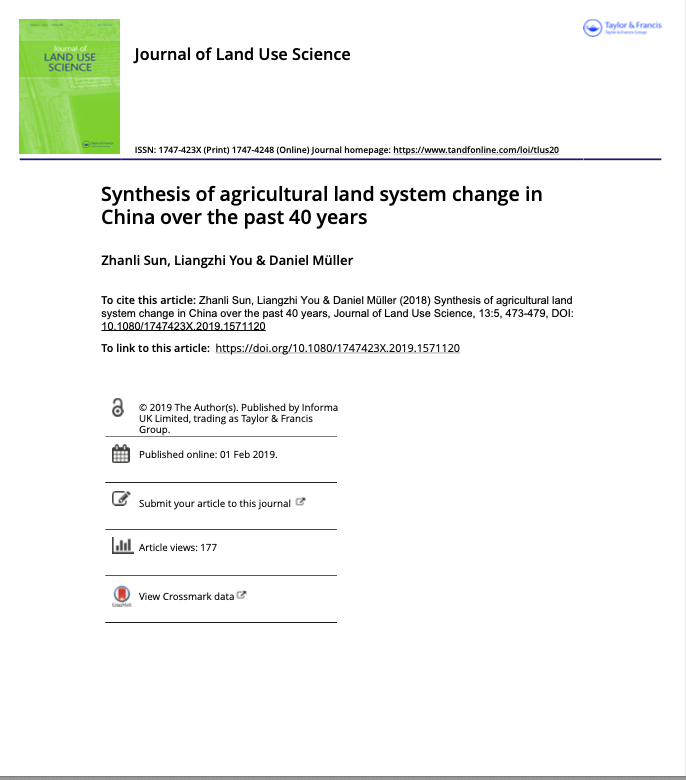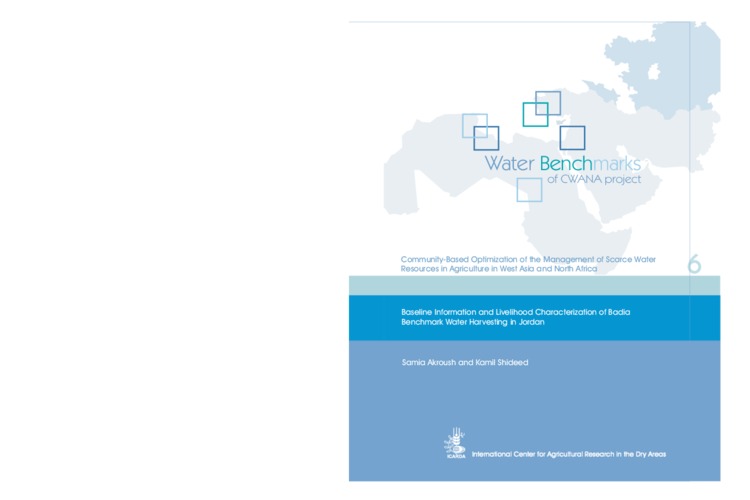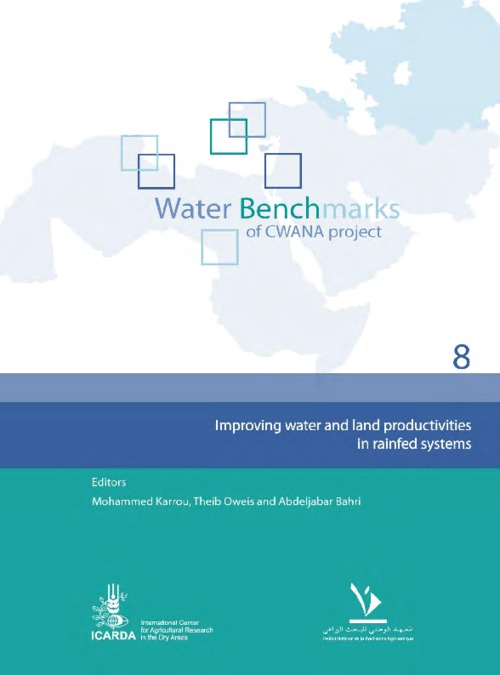Amazing maize in Malawi : input subsidies, factor productivity and land use intensification
The paper uses three years of household farm plot panel data (2006-2009), covering six districts in central and southern Malawi to assess factor productivity and farming system development under the input subsidy program. All farm plots of the households were measured with GPS. Maize production intensified in this period as maize area shares of the total farm size were reduced while input use intensity and yields increased. Yields of improved maize were significantly (+323 kg/ha) higher than for local maize.

